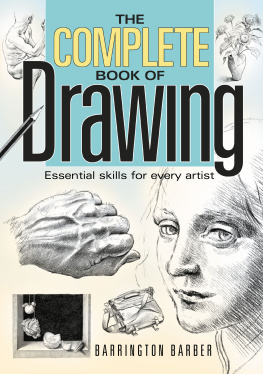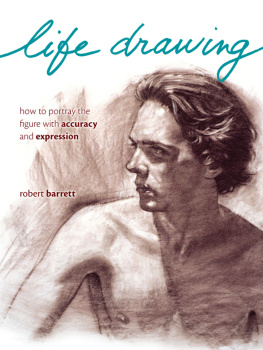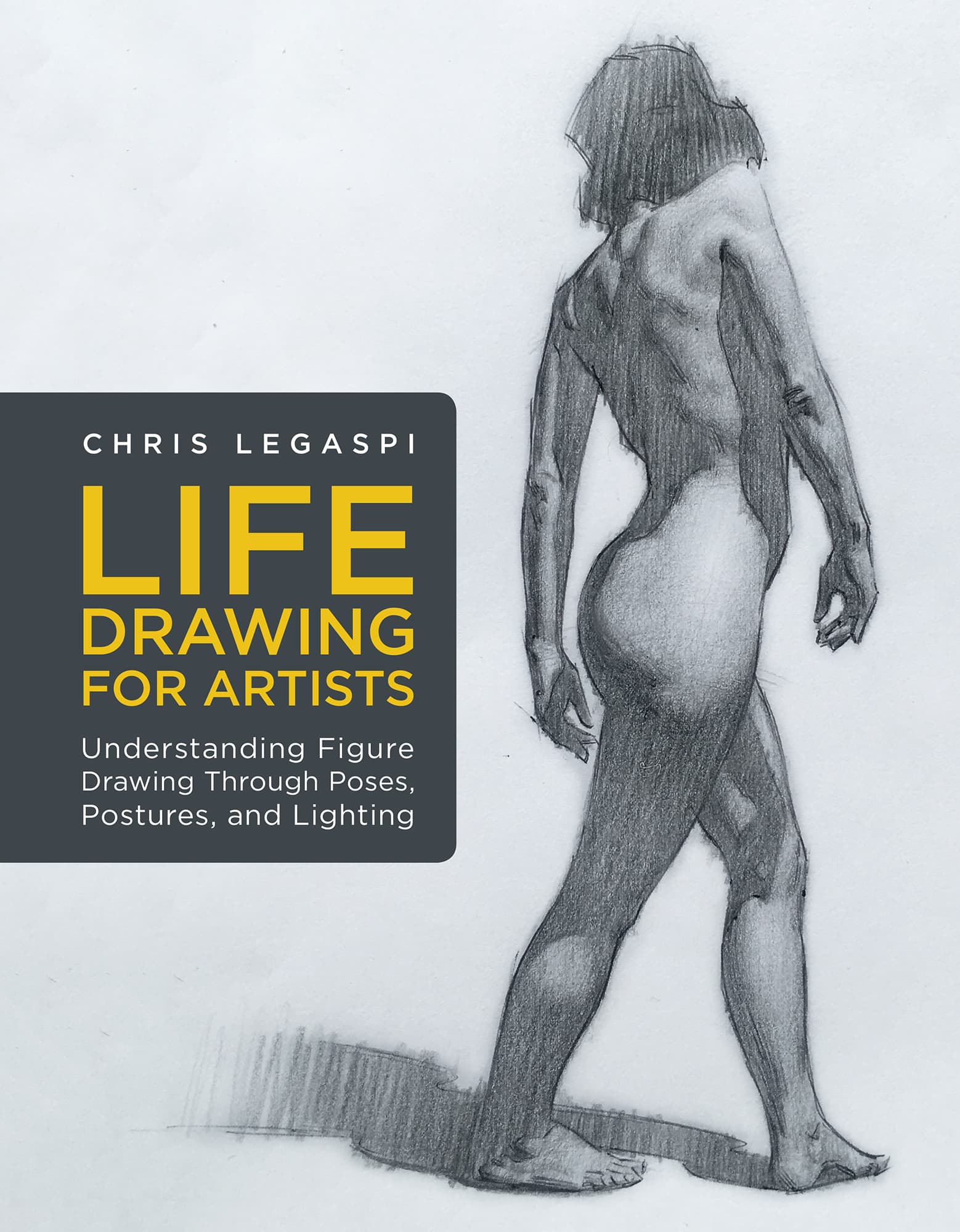Chris Legaspi - Life Drawing for Artists: Understanding Figure Drawing Through Poses, Postures, and Lighting
Here you can read online Chris Legaspi - Life Drawing for Artists: Understanding Figure Drawing Through Poses, Postures, and Lighting full text of the book (entire story) in english for free. Download pdf and epub, get meaning, cover and reviews about this ebook. year: 2019, publisher: Rockport Publishers, genre: Home and family. Description of the work, (preface) as well as reviews are available. Best literature library LitArk.com created for fans of good reading and offers a wide selection of genres:
Romance novel
Science fiction
Adventure
Detective
Science
History
Home and family
Prose
Art
Politics
Computer
Non-fiction
Religion
Business
Children
Humor
Choose a favorite category and find really read worthwhile books. Enjoy immersion in the world of imagination, feel the emotions of the characters or learn something new for yourself, make an fascinating discovery.

- Book:Life Drawing for Artists: Understanding Figure Drawing Through Poses, Postures, and Lighting
- Author:
- Publisher:Rockport Publishers
- Genre:
- Year:2019
- Rating:3 / 5
- Favourites:Add to favourites
- Your mark:
Life Drawing for Artists: Understanding Figure Drawing Through Poses, Postures, and Lighting: summary, description and annotation
We offer to read an annotation, description, summary or preface (depends on what the author of the book "Life Drawing for Artists: Understanding Figure Drawing Through Poses, Postures, and Lighting" wrote himself). If you haven't found the necessary information about the book — write in the comments, we will try to find it.
Life Drawing for Artists teaches a contemporary approach to figure drawing that includes both the familiar posesstanding, sitting, lying downbut also how to capture figures in movement and in more dynamic and engaging positions.
Author Chris Legaspi is a dedicated, life-long artist and admired instructor who is known for his dynamic figurative drawings and paintings, and as a successful illustrator in the entertainment industry. Whether you are an aspiring illustrator, art student, or a professional artist looking to develop your abilities, Life Drawing for Artists shows how to build your skills by combining fundamental building blocks, such as gesture lines, shape and design, structure, value control, and edge or line control.
Youll focus on different skills while working on both quick timed drawings and longer detailed drawings. The book covers important topics, such as drawing different views, understanding perspective, foreshortening strategies, and how to deal with various lighting conditions. The examples and tutorials explore virtually every pose scenario, as well as many active and dynamic movements.
Breathe drama into your figures as you master the fundamentals with this fresh approach to life drawing.
The For Artists series expertly guides and instructs artists at all skill levels who want to develop their classical drawing and painting skills and create realistic and representational art.
Chris Legaspi: author's other books
Who wrote Life Drawing for Artists: Understanding Figure Drawing Through Poses, Postures, and Lighting? Find out the surname, the name of the author of the book and a list of all author's works by series.










